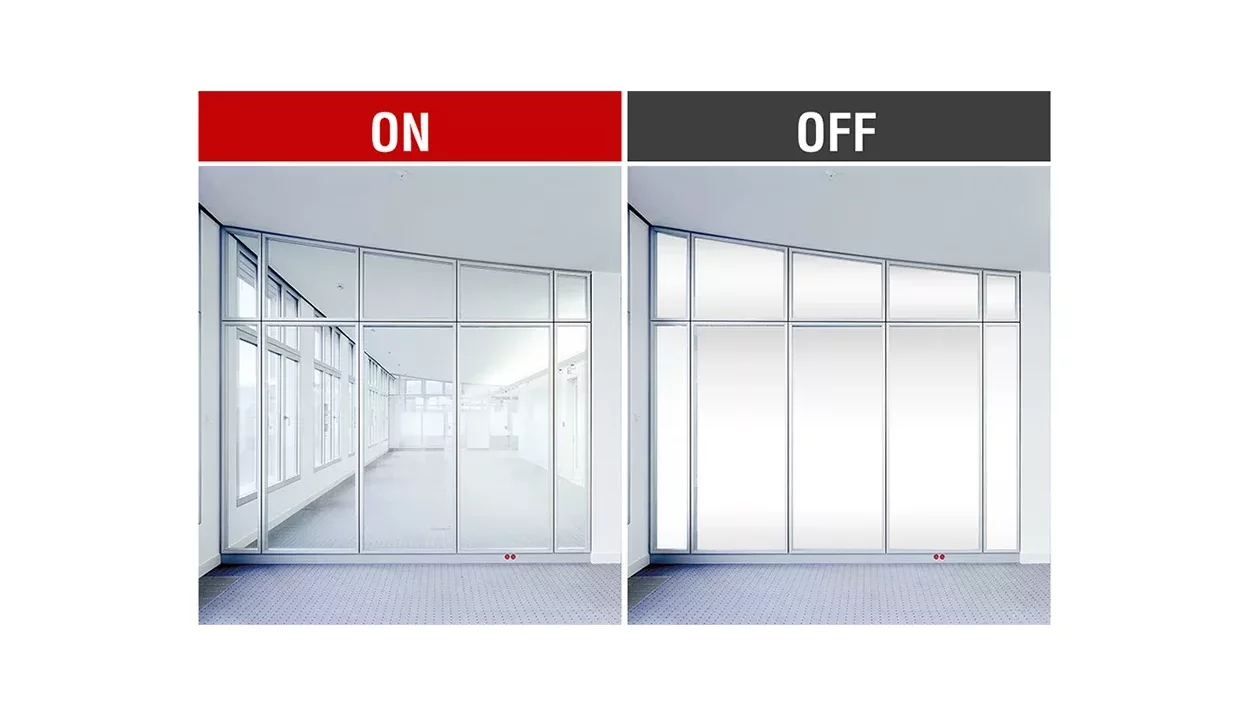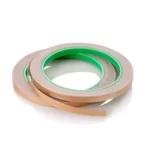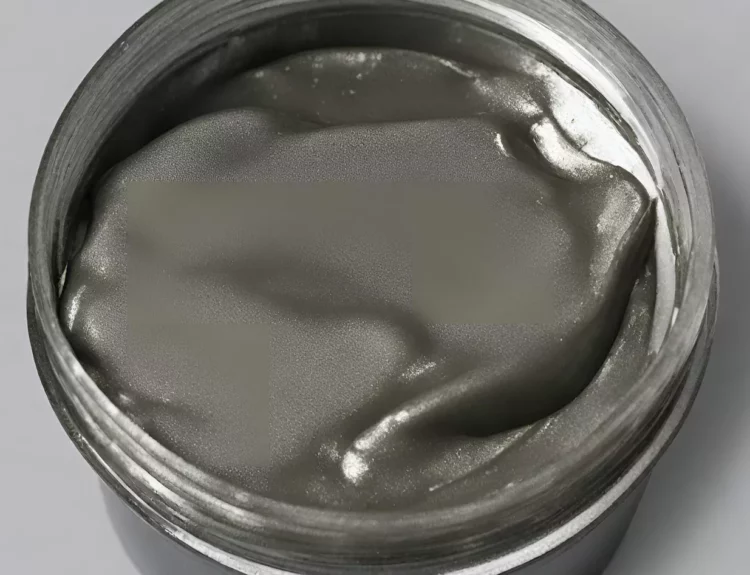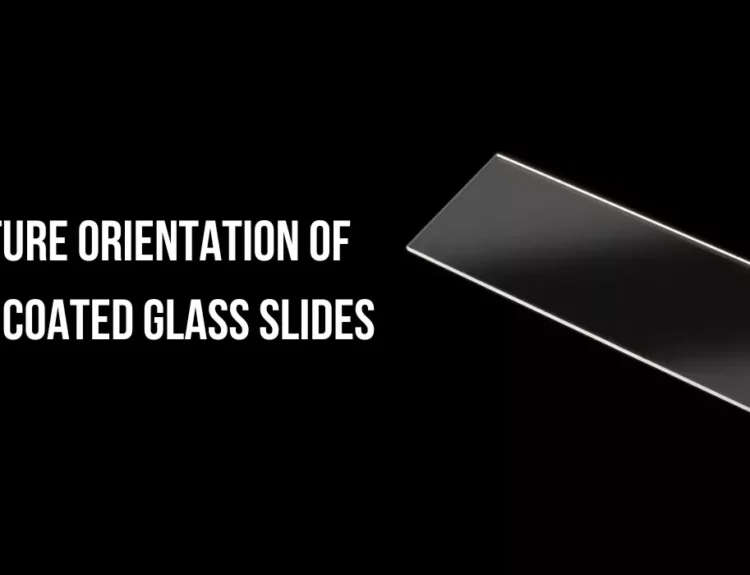Introduction
The world of architectural and interior design has witnessed a revolution in recent years with the advent of switchable film and glass tops. These cutting-edge products provide dynamic solutions for privacy, energy efficiency, and aesthetics. Manufacturers have been at the forefront of this transformative technology, creating versatile and sustainable options for residential, commercial, and industrial applications. Here, we will explore the innovations in switchable film and glass top manufacturing, highlighting the benefits and applications of these remarkable products.
The Technology Behind Switchable Film and Glass
Switchable film and glass tops are often called smart or intelligent glass. They rely on advanced materials that can change their state from opaque to transparent or vice versa, either through electrical voltage, heat, or other triggers. The most common technologies used in the manufacturing of switchable films and glass tops are liquid crystal (LC), electrochromic (EC), suspended particle (SPD), and polymer-dispersed liquid crystal (PDLC).
- Liquid Crystal (LC): LC-based switchable films use liquid crystal molecules that align when an electrical current is applied, making the glass transparent. When the current is removed, the liquid crystal molecules become disoriented, rendering the glass opaque.
- Electrochromic (EC): EC technology uses electrochemical reactions to change the glass’s opacity. When an electrical current is applied, ions move between layers, altering the glass’s transparency.
- Suspended Particle (SPD): SPD technology employs suspended nanoparticles in a film that can change the orientation of the particles, controlling the glass’s opacity when an electric field is applied.
- Polymer-Dispersed Liquid Crystal (PDLC): PDLC-based switchable films are liquid crystal droplets dispersed within a polymer matrix. These droplets can be aligned or disoriented using electrical voltage, affecting the glass’s opacity.
Applications of Switchable Film and Glass Tops
The versatility of switchable film and glass tops: “The versatility of this makes it suitable for a wide variety of applications:”
- Privacy and Security: In residential and commercial spaces, switchable glass can be used in bathrooms, conference rooms, or partition walls to provide instant privacy when needed. It’s also a practical solution for high-security areas, such as banks and government buildings.
- Energy Efficiency: Switchable glass can be used in windows and skylights to control the natural light and heat entering a building. One of the benefits of natural light is that it can help save energy by bringing down the need for artificial lighting and air conditioning.
- Interior Design: These glass tops can be integrated into modern interior design to create an open and spacious feeling, giving architects and designers the flexibility to change the space’s appearance as desired.
- Healthcare: Switchable glass is employed in healthcare settings to create patient privacy on demand while still allowing easy monitoring. It can be found in hospital rooms, operating theaters, and waiting areas.
- Retail: In retail environments, switchable glass can be used for storefronts and display cases to control visibility and enhance product presentation.
Innovations in Manufacturing
Manufacturers are continuously working on enhancing the performance, durability, and sustainability of switchable film and glass tops. Some notable innovations in this field include:
- Improved Durability: Manufacturers are developing switchable films and glass tops that can withstand environmental factors like UV radiation and harsh weather conditions, ensuring a longer lifespan.
- Sustainability: Eco-friendly switchable films and glass tops with lower energy consumption are being developed to reduce the carbon footprint of these products.
- Customization: Manufacturers offer customizable solutions in color, size, and transparency, allowing architects and designers to create unique spaces.
- Integration with Smart Technology: Switchable glass can be integrated with building automation systems, enabling users to control the glass with a button or through voice commands.
Conclusion
Switchable film and glass top manufacturing has opened up new possibilities in architecture, interior design, and energy efficiency. These innovative products are transforming the way we use glass in buildings and offer exciting opportunities for both residential and commercial applications. With the constant advancements in technology, we can expect switchable glass to become even more versatile, durable, and sustainable, making it a prominent feature of modern architecture and design.
Buy Smart Switchable Glass Films from here.







